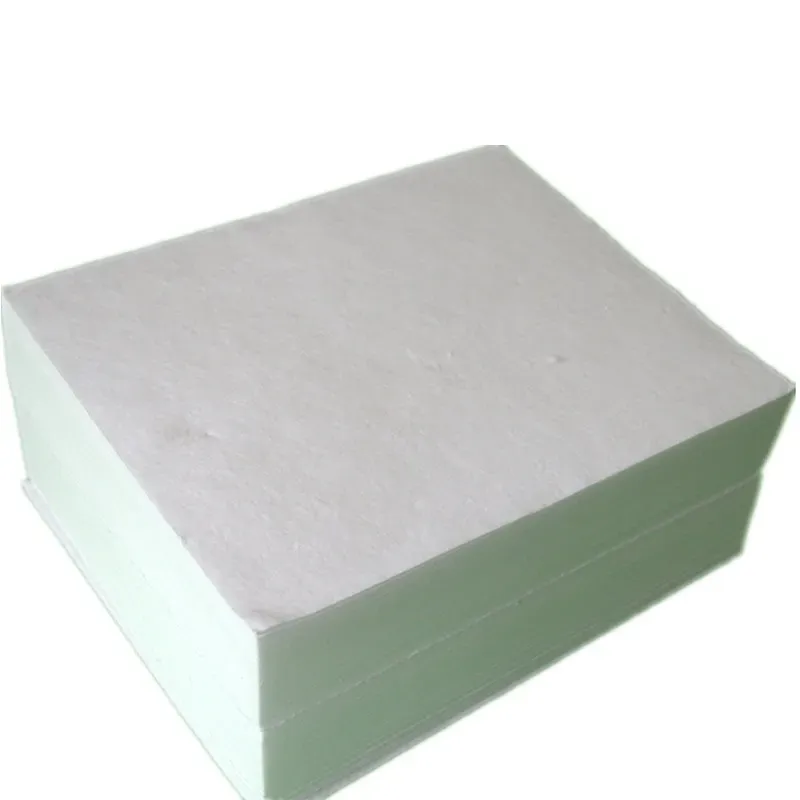felt process
The Felt Process Crafting Art and Functionality
The felt process is a fascinating and ancient method of transforming raw wool into felt, a versatile material that has been used for thousands of years. Felt is prized for its warmth, durability, and ability to be molded into various shapes, making it a favored medium in both artistic expressions and practical applications. This article explores the felt process, its historical significance, techniques involved, and the contemporary relevance of felt in today’s world.
Historical Significance
Felt is one of the oldest textiles known to humanity, with its origins dating back to nomadic tribes in Central Asia. Historians believe that the first felt-making techniques emerged around 6000 BC, when early humans discovered that mats made from animal fibers could be created by matting and compressing wool. This innovative discovery allowed for the production of tents, clothing, and bedding, providing essential warmth and protection against the elements. Over the centuries, different cultures developed distinct methods and styles of felt-making, often incorporating intricate designs and motifs that reflected their identities and traditions.
The Felt Process An Overview
The felt process involves several key steps
1. Preparation of the Wool The journey to creating felt begins with selecting high-quality raw wool, typically from sheep. The wool is cleaned to remove any dirt or grease, often using water and mild detergent. Once clean, it is carded, which involves untangling and aligning the fibers to prepare them for felting.
felt process

2. Felting Technique There are primarily two techniques used in felting wet felting and needle felting.
- Wet Felting This method utilizes moisture, heat, and agitation to interlock wool fibers. The process starts by layering pieces of wool in different directions, which helps to create a dense mat. Water mixed with soap is then applied to the wool layers, followed by gentle rubbing and rolling. The friction from this process causes the fibers to bind together, gradually forming a solid piece of felt. - Needle Felting In contrast, needle felting uses barbed needles to entangle the fibers. This technique allows for more detailed designs and shapes and is often used for creating three-dimensional objects or embellishments. The needles penetrate the wool, causing the fibers to interlock without the use of moisture, making it a cleaner and more controlled method.
3. Shaping and Finishing Once the desired thickness and density are achieved, the felt can be shaped further, cut, or embellished with various decorations. It can be dyed using natural or synthetic colors, and additional materials, such as silk or cotton, can be added for texture and visual interest.
Contemporary Relevance
Today, felt remains a beloved material in various fields, including fashion, home decor, and art. Designers appreciate felt for its aesthetic qualities and its sustainable nature; it is biodegradable and often made from renewable resources. In the fashion industry, felt is used to create everything from hats to bags, while in home decor, it can be found in rugs, wall hangings, and furniture coverings. Artists, too, have embraced felt as a medium for creating intricate sculptures and installations, showcasing its versatility and the endless creative possibilities it offers.
In conclusion, the felt process embodies a rich heritage of craftsmanship and artistry. From its ancient roots to modern applications, felt continues to inspire creativity and innovation. As society increasingly values sustainability, the timeless art of felt-making serves as a reminder of our connection to the natural world and the potential of handmade materials. Whether used in functional design or artistic expression, felt remains a testament to human ingenuity and the enduring appeal of traditional crafts.
-
What Makes Felt a Great Choice?NewsNov.19,2024
-
Total Mixed Ration (TMR) Feed for CattleNewsNov.19,2024
-
The Ultimate Guide for Felt Polishing WheelsNewsNov.19,2024
-
Industrial Felt for Various ApplicationsNewsNov.19,2024
-
Felt Makeup Bags and Inserts BagsNewsNov.19,2024
-
Choosing the Right Hotel TowelsNewsNov.19,2024
-
Your Go-To Guide For Affordable Wholesale Wool FeltsNewsOct.31,2024







